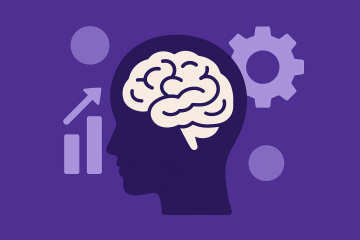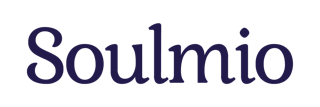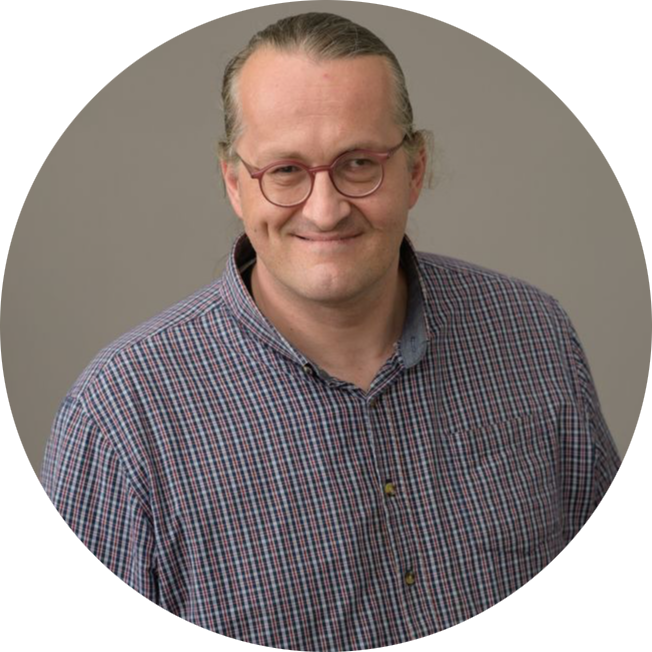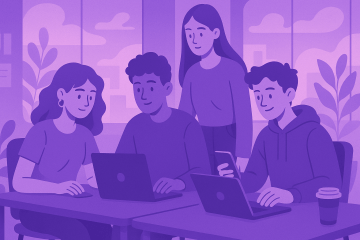Neuroscience in Action: How to Work Smarter and Build a Healthier Workplace
October 17, 2025

In this interview, neuroscientist Prof. Aleš Benjamín Stuchlík explains how the brain shapes the work of managers and organizations. You will learn why multitasking is a myth, how prolonged stress undermines performance, and why interruptions cost more than we think. He also highlights the importance of sleep, micro-breaks, and celebrating small steps. Stuchlík offers practical advice on using brain science for more effective work, employee development, and a healthier company culture.
Why does the brain consume so much energy, and how does this affect managers’ performance?
Although the brain makes up only a few percent of body weight, it uses about 20 percent of all energy. This is because billions of neurons must constantly be ready to communicate. For managers, intensive decision-making, planning, and leading people quickly deplete energy reserves along with attention, creativity, and stress resilience.
What is the difference between short-term and long-term stress?
Short-term stress mobilizes us. Adrenaline surges and the brain sharpens its focus. When stress becomes long-term, cortisol disrupts the brain’s balance, weakening memory, sleep, and motivation. Short stress strengthens us, while chronic stress breaks us down.
How long does it take to return to deep work after being interrupted?
Studies show it takes about 20 minutes to regain full concentration after an interruption. Every quick check of the phone is therefore much more costly than it seems.
Is multitasking really a myth?
Yes. The brain never consciously does two things at once. It only switches rapidly between tasks, and each switch costs time and performance. Multitasking is really just multi-distraction.

How does spaced learning work, and what does it mean for corporate training?
The brain remembers best through distributed learning, by returning to material gradually, in smaller doses, and with breaks in between. That is why one-off training sessions do not stick. Real impact comes from repetition and reminders over time.
What is the optimal training block length to keep employees engaged?
Typically, 20 to 30 minutes. After half an hour, concentration drops, and the brain begins to look for an escape. Shorter blocks with active participation work better than long passive lectures.
Why are short micro-breaks so strategically valuable for the brain?
Because they allow the brain to clear working memory and restore energy. Just five minutes of walking, stretching, or breathing exercises can improve performance more effectively than another coffee.
How does sleep deprivation affect decision-making?
Lack of sleep reduces activity in the prefrontal cortex, the part of the brain responsible for control and rational judgment. A tired brain makes impulsive choices, exaggerates risks, or gambles recklessly.
How should leaders give feedback without triggering defensive reactions in the brain?
The brain perceives criticism as a threat. To make feedback effective, start with acknowledgment of effort, then carefully point out areas for improvement, and end with encouragement. It is not manipulation but respect for how the brain works.
What is an amygdala hijack, and how can we prevent conflicts where emotions take over?
An amygdala hijack is when emotions completely take control, reason steps aside, and we act impulsively. Prevention comes from recognizing triggers, slowing the breath, and creating a pause before reacting.
How does motivation work in the brain, and why should we celebrate small steps as well as big results?
Motivation is driven by dopamine, the neurotransmitter of expectation. If we wait only for the final goal, the brain rewards us at the end. By celebrating small milestones along the way, we receive regular bursts of dopamine, making progress more sustainable.
How does neuroplasticity prove that the brain learns and changes throughout life, and how can companies use this for employee development?
Neuroplasticity shows that the brain is not fixed. Neural connections are reshaped by experience, meaning even adults can learn new skills and change habits. For companies, this is good news. Employee development is never a closed chapter.




